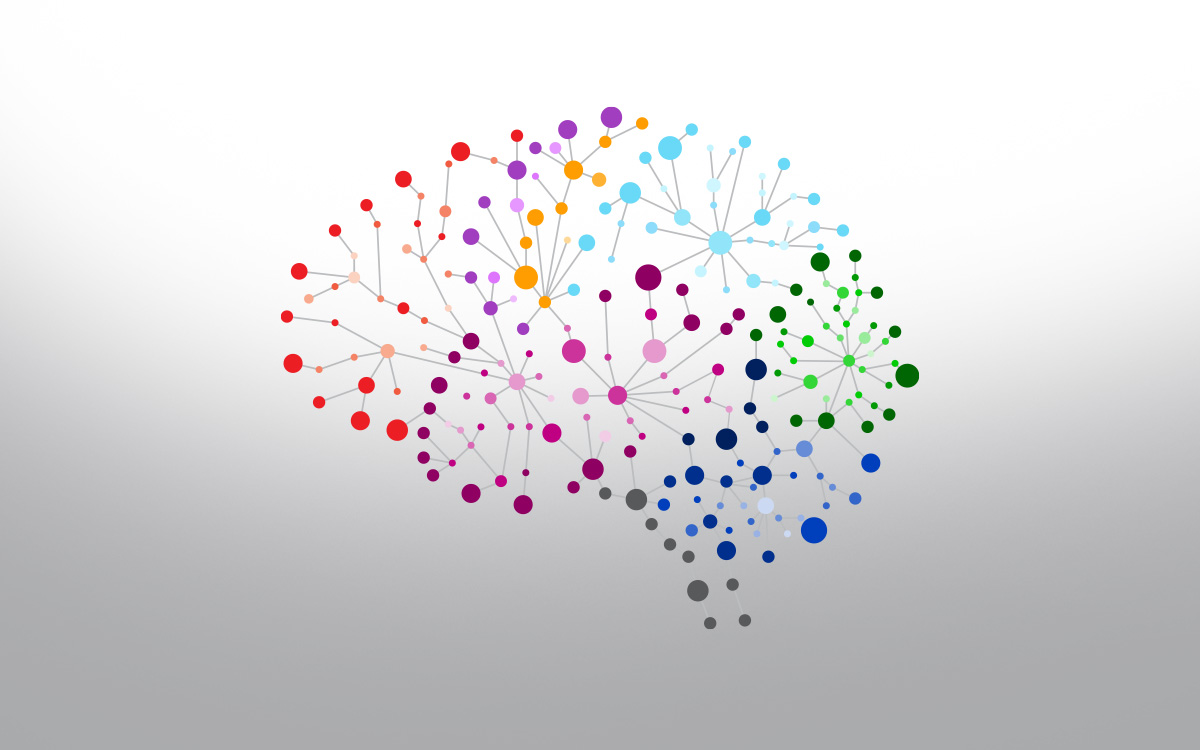What does pain look like for someone living with dementia? How confident are you as their caregiver that you would be able to recognize pain when you see it? How would you investigate their pain? How will you know if you are successful in managing their pain?
Sadly, pain among people living with dementia is often undiagnosed and untreated. According to the article, “Pain in Dementia” published in the journal, Pain Report, “Pain in dementia is very prevalent and difficult to assess.” Their investigation has also shown that on a daily basis, approximately 60-80% of people living with dementia in nursing homes experience pain from pressure ulcers, urinary tract infections and musculoskeletal injuries, among others.
Pain as a Symptom of Dementia
Dementia is not a specific disease. Rather, dementia is a group of symptoms that interfere with an individual’s ability to function normally, such as their ability to communicate and interact socially. The most common and well-known symptom of dementia is memory loss. Pain is also another common, yet “unpopular” symptom of dementia.
The exact mechanism of the pain associated with and seen among people with dementia still requires further research. However, according to The Pain Management in Dementia Fact Sheet published by the International Association for the Study of Pain (IASP), the pain observed among those with Vascular-type of dementia may be related to the lesions in the white matter of the brain that may stimulate the central pain center of the brain.
Similarly, it is believed that individuals with Alzheimer’s disease may also experience chronic pain as a result of the brain changes accompanying this disease that causes the pain-relaying centers in the brain to become inflamed.
The Complex Relationship Between Pain and Dementia
As communication is one of the functions affected by cognitive decline, a person with dementia experiencing pain, may lack the ability to self-report. Instead, pain usually is communicated in the form of a responsive behaviour.
Some responsive or “changed” behaviours associated with pain include: crying, pushing or pulling away, agitation or aggression (especially towards touching pain areas), striking out, withdrawal from others, pacing and rigidity to name a few.
Similarly, it is important to note, that just because a person is not complaining or not showing more exaggerated behaviours as listed above, does not mean they are not in pain. That’s why in my book, “Cracking the Dementia Code: Creative Solutions to Cope with Changed Behaviours” I prefer to use the term “changed behaviours.” Changed behaviours simply refers to a deviation from their “normal” or their “baseline” behaviour.
For instance, if the person you are caring for is looking drowsy or sleepy during the day, when they would normally be alert and interacting with people, investigate further. Ask short, but very clear and specific questions like: “Are you in pain?” or “Does your belly hurt?” (while pointing to their belly). If they are someone prone to urinary tract infections (UTI), get them tested. Their changed behaviour, that is, looking drowsy, sluggish or withdrawn during the daytime, could be related to not getting enough sleep or inability to have restorative sleep at night because of pain, or frequent urination (in the case of UTI).
Recognizing Signs of Pain in Someone with Dementia
The Pain Assessment in Advanced Dementia (PAINAD) Scale is a useful tool to help the presence and degree of pain experienced by people with cognitive impairments. It breaks down pain assessment into five categories:
● Breathing independent of vocalization (e.g., labored breathing, short/long periods of hyperventilation, noisy breathing)
● Negative vocalization (e.g., moaning, crying, calling out)
● Facial expression (e.g., grimacing, frowning, furrowed eyebrows)
● Body language (e.g., relaxed or tensed, knees bent, pulling or pushing away)
● Consolability
Pain Management in Dementia
Pharmacological treatment, such as the use of acetaminophen should not be the “default” and first line response to managing pain in someone with dementia. As mentioned previously, pain among people with dementia is communicated by changed behaviours. Therefore, it is important to investigate the cause of the changed behaviour. If it is in fact, pain, what is causing the pain?
Pain medications can mask the pain and make it even more challenging to determine what is causing pain. For instance, delirium or confusion in someone with dementia, may be caused by an underlying UTI. Pain medications may conceal the pain but does not treat the UTI. Once the medication wears off, the person continues to suffer, experience pain, incontinence and sleeplessness.
Unless the person has an infection or is experiencing severe pain (e.g., due to advanced carcinoma), non-pharmacological interventions are effective alternatives. Examples of non-pharmacological interventions are:
Massage or touch therapy: simply rubbing or gently massaging the area can help soothe and relieve pain, reassure and comfort the person.
Hot or Cold Compress: Musculoskeletal pains and swelling can be relieved with hot or cold packs.
Repositioning: Simply changing the position can help relieve pain and pressure. This can include elevating the leg or putting a pillow under the knee(s) or laying the person on their side, or elevating the head.
Music Therapy: Not only can music calm and soothe a person, but it can also aid in distraction.
Aromatherapy, Pet Therapy and Relaxing Activities: These can soothe, comfort and distract the person from their pain.
Changing the environment: Moving the person to a quieter space away from noise and/or reducing the light in the room can help reduce headaches, pain and discomfort, in general. It also helps calm and reduce stress and anxiety in the person experiencing pain.
Advocating for Your Loved One
The person living with dementia may not be able to speak, but they are still trying to communicate with you through their behaviour. Changed behaviours can be very subtle but as you know your loved one the best, you are the expert and best person to notice any changed behaviours. Physicians and other healthcare professionals are depending on your expertise, so trust your instincts.
Last but not least, do not assume that healthcare professionals are knowledgeable about dementia or recognizing pain among people with dementia. As their family caregiver, you are an important member of the Care Team. Your loved one is depending on you to speak up on their behalf. Listen to their behaviour. Believe their pain. Trust your instinct and never be shy or afraid to speak up. It’s your right.
Karen Tyrell CPCA, CDCP is a Dementia Consultant, Educator, Author & Advocate, and Founder of Personalized Dementia Solutions Inc. (www.DementiaSolutions.ca). Karen offers her expertise on dementia care through speaking engagements; workshops; support groups (both online and in-person) and by working one-on-one with families/caregivers to provide emotional support and practical solutions. She was also on the design team for The Village Langley (Verve Senior Living) and provides ongoing education to the Village team, families and the community. If you would like to learn more, please feel free to reach out.
DISCLAIMER:
The contents of this blog are provided for information purposes only. They are not intended to replace clinical diagnosis or medical advice from a health professional.




